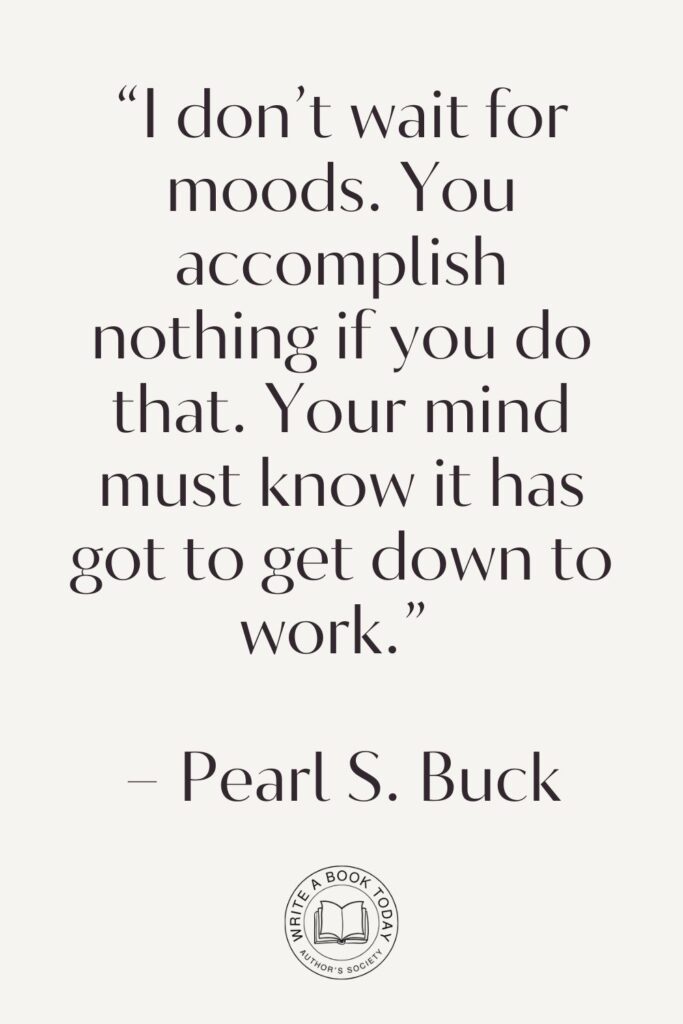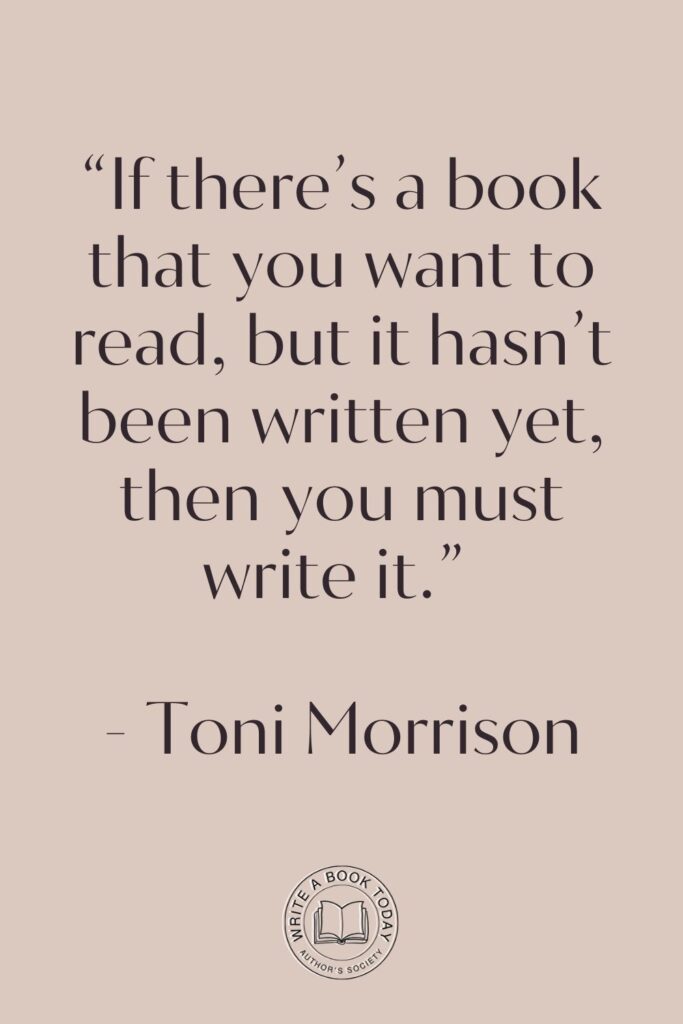Ever dreamed of seeing your name on the cover of a bestselling fiction novel?
The journey from a simple idea to a captivating story is an exhilarating adventure, filled with creativity, challenge, and the potential for great success.
But how do you embark on this literary quest?
How do you transform your thoughts into a gripping narrative that readers can’t put down?
In this guide, we’ll unlock the secrets to writing a fiction novel, providing you with the tools and inspiration to craft a story that resonates with readers and stands the test of time.
1. The Spark of Inspiration: Finding Your Novel Idea
Every great novel begins with a spark of inspiration – a moment of clarity where an idea takes root and begins to grow.
But where do these ideas come from, and how can you nurture them into a full-fledged story?
Inspiration can strike at any moment, whether it’s a snippet of conversation overheard in a café, a vivid dream, or a personal experience that demands to be shared.
The key is to remain open and receptive to the world around you, allowing your imagination to wander freely.
Carry a notebook or use your phone to jot down ideas as they come. Even the smallest thought can blossom into a compelling plot if given the chance.
By keeping a record of your inspirations, you’ll have a treasure trove of concepts to explore when you’re ready to start writing.
- Observe the world around you for unique scenarios or characters.
- Reflect on personal experiences that could be fictionalized.
- Consider ‘what if’ scenarios that intrigue you.

2. Crafting Your Characters: The Heart of Your Story
Characters are the beating heart of your novel, driving the plot and engaging readers through their journeys. Creating characters that feel real and relatable requires a deep understanding of their motivations, desires, and flaws.
Think of your characters as living, breathing individuals with their own histories and perspectives.
Delve into character development by asking questions about their backgrounds, goals, and conflicts.
What drives them?
What are their deepest fears and greatest strengths?
By fleshing out these details, you’ll create multidimensional characters that readers will root for – or against – throughout your story.
Develop a character profile for each of your main characters. Include details such as age, appearance, personality traits, and backstory.
This will serve as a reference to keep your characters consistent and believable throughout the novel.
Feeling lost with your debut novel?
Fiverr Pro connects you with expert editors, designers, and marketers – everything you need to get your book ready for success!

3. Plotting the Journey: Outlining Your Novel
A well-structured plot is the backbone of any successful novel, guiding your characters through a series of challenges and transformations.
While some writers prefer to dive straight into writing, creating an outline can help organize your thoughts and ensure your story stays on track.
Consider the key events that will shape your narrative and how they connect to form a cohesive arc.
Use a flexible outline that allows for creativity. Your story may evolve as you write, and being open to changes can lead to unexpected and exciting developments.
| Plot Element | Description |
| Inciting Incident | The event that sets the story in motion. |
| Rising Action | Series of events that build tension and develop characters. |
| Climax | The turning point of the story, where the main conflict reaches its peak. |
| Falling Action | Events following the climax that lead to resolution. |
| Resolution | The conclusion of the story, where conflicts are resolved. |

4. Setting the Scene: Creating Immersive Worlds
The setting of your novel provides the backdrop against which your story unfolds, adding depth and atmosphere.
Whether it’s a bustling city, a quaint village, or a fantastical realm, your setting should enrich the narrative and reflect the themes of your story.
Use descriptive language to paint vivid pictures that transport readers to another place and time.
Consider how the setting influences your characters and plot.
Does it present obstacles or opportunities?
How do your characters interact with their environment?
By weaving these elements into your narrative, you’ll create a world that feels authentic and immersive.
5. Conflict and Tension: Driving Your Narrative Forward
Conflict is the engine of your story, propelling your characters forward and keeping readers engaged.
Whether it’s an internal struggle, a clash between characters, or an external threat, conflict adds layers of tension and drama to your narrative.
Identify the central conflict in your story and explore how it challenges your characters and pushes them to grow.
Introduce subplots that complement the main conflict. These can add depth to your story and provide opportunities for character development and thematic exploration.
Google Docs is for notes. Scrivener is for novels. Upgrade your writing game and try it for free today!

6. The Writing Process: From First Draft to Final Edits
The journey from first draft to polished manuscript is a marathon, not a sprint. Embrace the process and allow yourself the freedom to write imperfectly at first.
Your initial draft is an opportunity to explore your story and discover what works – and what doesn’t.
Once you’ve completed your first draft, take a step back before diving into revisions.
6.1. Starting Strong: Writing Your First Draft
Your first draft is the foundation of your novel, the raw material from which you’ll sculpt your final masterpiece. Allow yourself the freedom to write without judgment, focusing on getting the story down on paper.
Remember, perfection is not the goal at this stage – capturing your ideas is.
Set realistic writing goals and establish a routine that fits your lifestyle. Consistency is key to maintaining momentum and making steady progress toward completing your draft.
6.2. Revising and Refining: The Editing Phase
Once your first draft is complete, it’s time to enter the editing phase. This is where you’ll refine your prose, tighten your plot, and polish your characters until they shine.
Take the time to read through your manuscript with fresh eyes, looking for areas that need improvement.
Consider seeking feedback from beta readers or a professional editor. An outside perspective can provide valuable insights and help you identify blind spots in your writing.
Be open to constructive criticism and use it to strengthen your story.

7. The Power of Perspective: Choosing Your Narrative Voice
The narrative voice you choose will shape the reader’s experience and influence how your story is perceived.
Whether you opt for first-person intimacy, third-person omniscience, or something in between, your choice should align with the tone and themes of your novel.
Experiment with different perspectives to find the one that best suits your story. Consider how the narrative voice affects the way information is revealed and how it impacts the reader’s connection to your characters.
No marketing platform? No social following? No problem!
Publisher Rocket helps you market your debut novel like a pro.
It’s a gamechanger for debut authors – try it today!


8. Feedback and Growth: The Importance of Critique
Feedback is an essential part of the writing process, offering new perspectives and highlighting areas for growth. Sharing your work with trusted readers can provide valuable insights and help you refine your novel.
Choose individuals who understand your vision and can offer constructive criticism.
Join a writing group or workshop to connect with other authors and gain diverse feedback. Engaging with a community of writers can also provide support and motivation throughout your writing journey.
9. The Road to Publication: Bringing Your Novel to Life
With your manuscript polished and ready, it’s time to consider publication options. Whether you pursue traditional publishing or self-publishing, each path has its own set of challenges and rewards.
Research your options and determine which route aligns with your goals and resources.
Prepare a query letter or book proposal if you’re seeking a traditional publisher, or explore platforms and services for self-publishing.
Remember, the journey to publication is often a marathon, so patience and perseverance are key.

10. Final Thoughts: Embracing Your Writing Journey
Writing a fiction novel is a transformative journey, one that challenges and rewards in equal measure.
As you navigate the ups and downs of the creative process, remember to embrace the joy of storytelling and the power of your unique voice.
With dedication and the right strategies, you can bring your story to life and share it with the world.
Your writing journey is as much about personal growth as it is about crafting a compelling narrative. Trust in your ability to tell a story that resonates, and take pride in the courage it takes to put your words on the page.
Happy writing!








